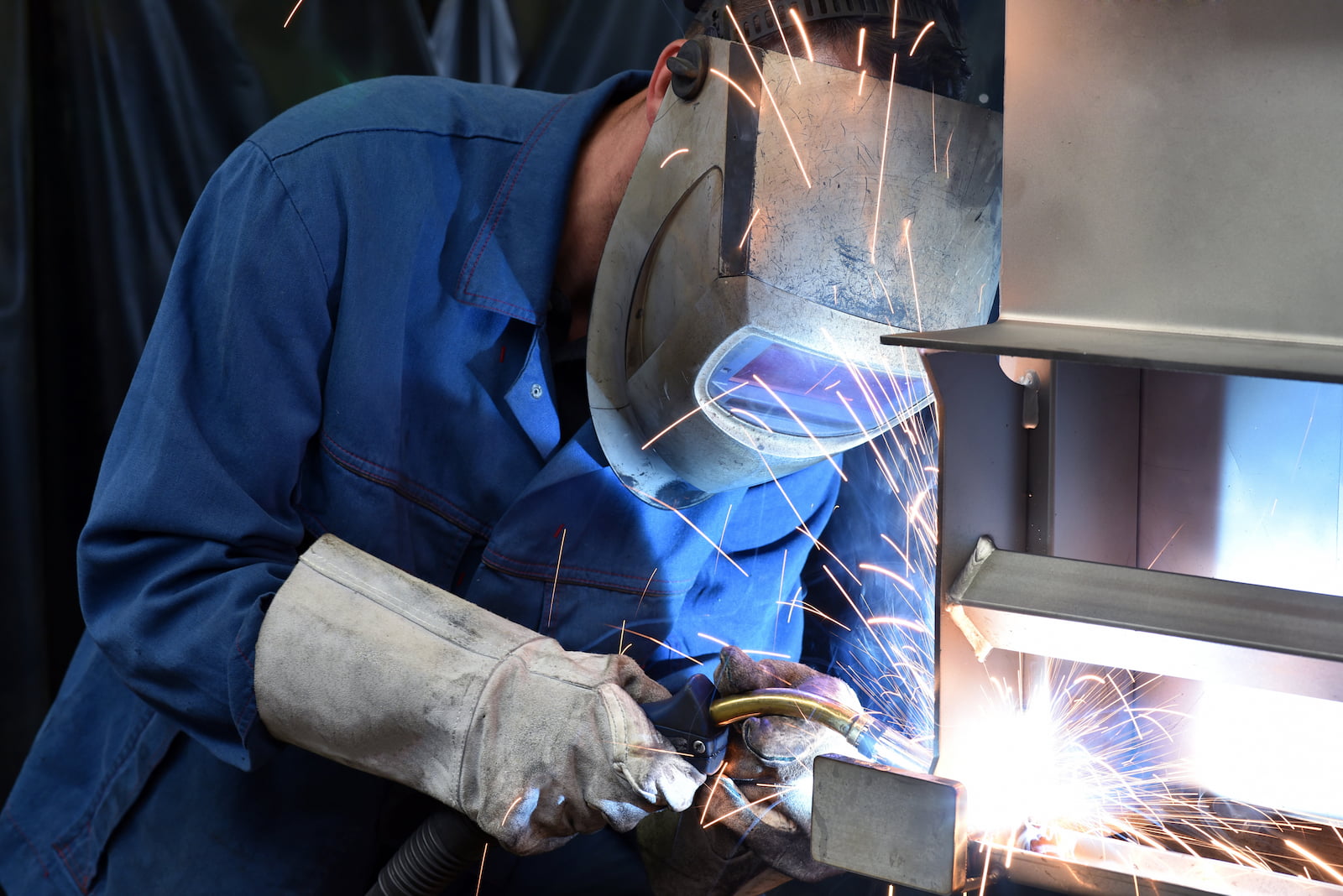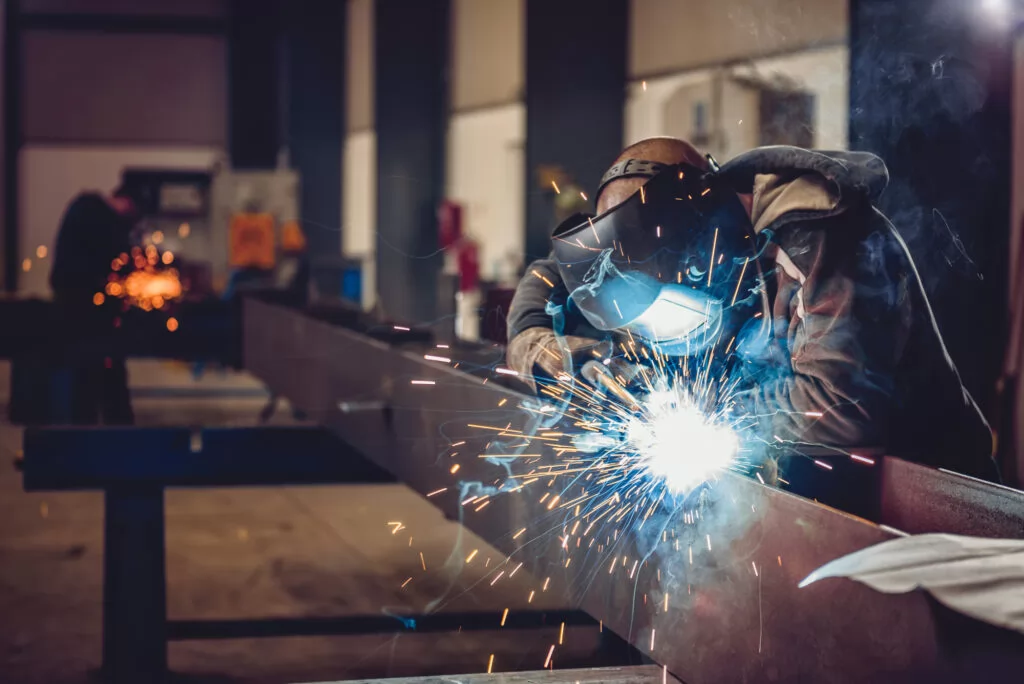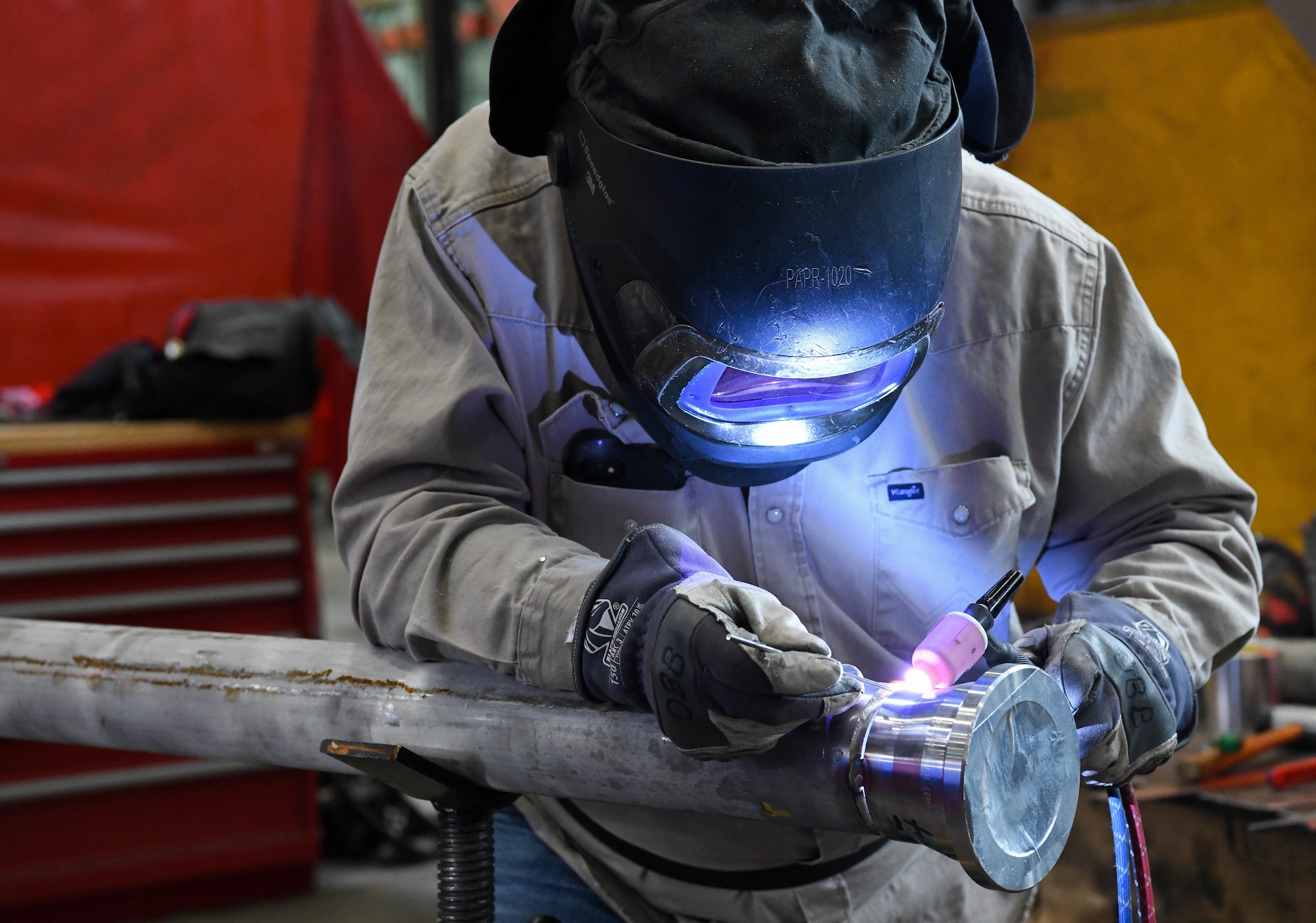What to learn about overheating prevention from Montana Mobile Welding and Repair
Wiki Article
Common Welding Repair Service Issues and How to Address Them Properly
Welding fixings often experience a variety of issues that can jeopardize the honesty of the last item. Common problems consist of insufficient infiltration, porosity, and misalignment, to name a few. Each issue offers one-of-a-kind obstacles that call for certain methods for resolution. Understanding these problems is necessary for welders aiming to improve their end results and skills. This discussion will certainly discover these typical welding fixing concerns and efficient methods to resolve them.Inadequate Infiltration
Insufficient infiltration takes place when the weld metal stops working to completely fuse with the base material, leading to weak joints and possible structural failures. This concern often originates from inadequate heat input, wrong electrode angle, or inappropriate welding speed. Welders may encounter poor infiltration due to a mistake of the necessary criteria for a certain product density or kind. Furthermore, contamination on the base material's surface can prevent efficient bonding, exacerbating the problem. To attend to poor penetration, welders ought to guarantee appropriate settings on their tools and keep a clean job surface area. Regular examination of welds is recommended to determine any type of shortages early, permitting timely adjustments and the prevention of jeopardized structural honesty in bonded assemblies.Porosity
Porosity is an usual problem in welded joints that shows up as tiny gas bubbles entraped within the weld steel. This flaw can jeopardize the stability of the weld, causing reduced strength and potential failing under stress. Welding. Porosity normally develops from contamination, wetness, or improper welding methods, which allow gases to get away into the molten weld swimming pool. To address porosity, welders ought to assure proper surface area prep work, keep a tidy working setting, and make use of appropriate welding criteria. In addition, choosing the appropriate filler product and protecting gas can reduce gas entrapment. Normal inspection and screening of welds can aid determine porosity early, ensuring timely rehabilitative activities are taken, thereby protecting the quality and dependability of the bonded frameworkImbalance
Misalignment in welding can occur from various variables, consisting of inappropriate arrangement and thermal expansion. Recognizing the origin creates is essential for efficient resolution. A number of correction techniques are readily available to straighten components and ensure structural integrity.Reasons of Misalignment
Welding imbalance frequently stems from a range of underlying concerns that can endanger structural integrity. One main cause is inappropriate fit-up of elements prior to welding, which can bring about voids and irregular surfaces. Variations in thermal development throughout the welding process can also cause distortion, specifically if the materials being joined have different coefficients of growth. In addition, poor securing and fixturing may fail to hold parts firmly in position, resulting in motion during welding. Improperly conserved equipment, consisting of welding machines and tools, might introduce incongruities in the weld bead, additional contributing to imbalance. Driver error, stemming from inadequate training or experience, can additionally play a considerable role in developing misaligned welds.
Modification Techniques Offered
Attending to misalignment successfully needs a mix of rehabilitative methods tailored to the details concerns available. One common technique is making use of components or jigs to hold elements in the correct placement during welding, guaranteeing regular alignment. Additionally, pre-heating the materials can help in reducing distortion and boost fit-up. For significant imbalance, mechanical adjustment techniques, such as using hydraulic jacks or clamps, can be used to deal with the setting prior to welding. Post-weld warm treatment might likewise be necessary to alleviate tensions brought on by imbalance. Lastly, mindful inspection and adjustment during the setup stage can stop misalignment problems from coming to be considerable troubles, advertising a smoother welding process and boosting overall structural stability.Distortion
Distortion is a typical obstacle in welding that can arise from numerous aspects, consisting of uneven heating & cooling. Understanding the reasons for distortion is crucial for executing efficient avoidance strategies. Addressing this concern not only improves structural integrity yet likewise improves the general quality of the weld.Root causes of Distortion
When based on the extreme warm of welding, products often undertake modifications that can bring about distortion. This phenomenon primarily develops from thermal growth and contraction throughout the welding process. As the weld area warms up, the product increases; upon cooling, it gets, which can develop internal stresses. Additionally, irregular heating across a work surface can worsen these tensions, resulting in warping or bending. The type of material additionally plays a significant role; steels with differing thermal conductivity and coefficients of development might respond differently, causing unforeseeable distortions. Furthermore, poor joint design and insufficient fixturing can add to misalignment during welding, increasing the chance of distortion. Understanding these causes is vital for effective welding repair and avoidance approaches.Avoidance Techniques
Effective prevention techniques for distortion during welding concentrate on controlling heat input and guaranteeing correct joint style. Maintaining a consistent heat input aids to decrease thermal development and contraction, which can lead to distortion. Utilizing techniques such as preheating the work surface can likewise minimize the temperature slope, promoting consistent heating. Additionally, choosing suitable joint styles, such as T-joints or lap joints, can boost stability and lower stress and anxiety focus. Implementing proper fixturing to safeguard the workpieces in position better help in keeping positioning during the welding process. Lastly, staggered welding series can disperse warmth much more uniformly, preventing localized distortion. By applying these strategies, welders can considerably reduce the likelihood of distortion and enhance the total quality of their welds.Fracturing
Breaking is an usual concern run into in welding repair work, commonly resulting from different aspects such as inappropriate cooling rates, material choice, or insufficient joint preparation. The occurrence of fractures can significantly endanger the integrity of the weld, bring about possible failures during procedure. To resolve this concern, welders should first assess the source, making sure that materials work and suitably picked for the specific application. Additionally, controlling the air conditioning rate during the welding procedure is essential; rapid cooling can induce stress and anxiety and result in splitting. Proper joint design and preparation also contribute to decreasing more helpful hints the risk. Applying these methods can boost weld high quality and durability, eventually decreasing the chance of fracturing in finished weldments.
Incomplete Combination
A considerable issue in welding repair services is insufficient fusion, which takes place when the weld steel does not appropriately bond with the base product or previous weld passes - Welding. This problem can bring about weak points in the joint, possibly compromising the honesty of the bonded structure. Variables adding to insufficient combination consist of inadequate warm input, inappropriate welding strategy, and contamination of the surfaces being joined. To resolve this issue efficiently, welders ought to guarantee appropriate pre-weld cleaning and surface prep work, in addition to readjust their welding parameters to achieve sufficient infiltration and combination. Normal evaluation throughout the welding procedure can additionally help identify incomplete fusion early, permitting for timely restorative steps to boost the total quality of the weldOverheating
While welding repair services can boost architectural integrity, overheating provides a considerable obstacle that can cause material destruction. Extreme heat during welding can modify the mechanical buildings of metals, causing minimized stamina, boosted brittleness, and warping. This phenomenon is particularly essential in high-stress applications where structural integrity is extremely important. Determining overheating can involve visual assessments for discoloration or distortion, as well as keeping track of temperature during the welding process. To reduce the dangers connected with getting too hot, welders should employ proper methods, such as regulating warmth input, readjusting traveling rate, and making use of appropriate filler materials. In addition, carrying out pre- and post-weld warmth treatments can help restore material residential properties and boost the overall quality of the fixing, making certain long-term efficiency and safety.Often Asked Concerns
What Are the Common Signs of a Welding Flaw?

Exactly How Can I Evaluate My Welds for High quality?
To test welds for quality, one can use aesthetic evaluations, ultrasonic screening, and radiographic techniques. Each strategy assures architectural integrity, determines flaws, and confirms adherence to defined criteria, ultimately enhancing the integrity of the try these out welded joints.What Security Safety Measures Should I Take While Welding?
When welding, one need to prioritize safety by using ideal individual protective tools, making certain proper air flow, safeguarding flammable products away, preserving a tidy office, and being mindful of surroundings to avoid injuries and crashes.Can I Repair a Weld Without Redesigning the Entire Joint?
Repairing a weld without redoing the entire joint is possible, relying on the damage (Belgrade Welding). Techniques such as grinding, adding filler product, or utilizing a welding procedure can properly deal with particular flaws while preserving the bordering frameworkWhat Equipment Are Necessary for Efficient Welding Repair Works?
Essential devices for reliable welding repairs include a welding device, cord brush, grinder, safety gear, clamps, and filler products. Each tool plays a vital role in making certain high quality and safety and security throughout the repair work process. Porosity typically emerges from contamination, wetness, or improper welding techniques, which allow gases to escape into the molten weld pool. Inadequately kept tools, including welding machines and tools, may present inconsistencies in the weld grain, more contributing to misalignment. When subjected to the extreme warmth of welding, products commonly More Info undergo adjustments that can lead to distortion. Cracking is a common problem encountered in welding repair work, commonly resulting from different variables such as incorrect air conditioning prices, product selection, or poor joint preparation. A considerable concern in welding repair services is insufficient fusion, which takes place when the weld steel does not effectively bond with the base product or previous weld passes.Report this wiki page